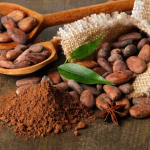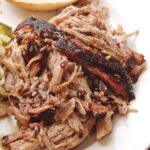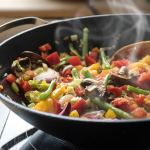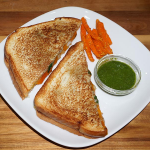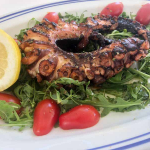Cuisines are mirrors that reflect the history of a society in everyaspect, whether economic, political, cultural, or spiritual. At the same time, every interchange and contact with other societies imprints a culinary mark.
Based on this, it is safe to say that Turkish cuisine is a mirror of specific diversity. This is because, over the past 2,000 years of their history, the Turks were able to spread westward from their homeland in northeastern Asia into Europe and Anatolia.
It brought them into contact with the people across the two continents and formed affinities with the foodways as far apart as Austria and China. Additionally, through trade as well as other indirect contacts, the Turkish cuisine has been influenced by and influenced countries with which it never even shared a border.
To West from East
Turkish cuisine is based on a pastoral diet of dairy foods and meat, but during the early times, it mainly depended on grain crops. The 11th-century Turkish dictionary DivanüLûgat-it-Türk by a linguist and scholar from Central Asia’s Karakhanid state, Mahmud of Kashgar, lists down the native Turkish words for the plough, grains, sowing, and many other grain foods, such as pastries, noodles, and bread.
A food historian and a scholar of Near Eastern languages, Charles Perry, states that the presence of such words in non-Turkish languages showsthe Turkish grain cookery’s influence as far afield as North Africa and Hungary.
Mahmud also relates an ancient Turkish legend about the noodle dish tutmaç, which is still prepared in some Turkish regions to this day, and even if the legend is perhaps not based on facts, it still serves as a reminder that connections between Asia and Europe are far from being new.
The Turkish mercenaries that fought for Alexander the Great became tired of war and wantedto return home, requesting Alexander to let them have the last meal before they set off on their long journey, together with the phrase‘Bizitutmaaç’, which means Let us not go hungry. Thus, the dish that was prepared for them was soon calledtutmaç.
A dietary manual during the 14th century assumed to have been written by a Uighur Turk and presented to China’s Mongol emperor shows the mosaic of not just Turkic, Chinese, and Mongolian foodways, but those of the western Asian Muslim world as well. The extensive diversity of the court cuisine or Kubilay Khanechoed that of Turkish and Arab rulers in western Asia. A
Mamluk and Seljuq Turks, like the Abbasids and Umayyads before them, although staying true to older indigenous traditions, stimulated the development of cosmopolitan court cultures. These included uniform traditions of cuisine that the Turks spread all over the Middle East.
Turkish cuisine indeed has a long and interesting history that spans centuries and continues to grow to this very day. To enjoy a more convenient way of shopping from a Turkish supermarket San Francisco – Bakkal is the app you can count on to help you shop anytime and anywhere you want.




